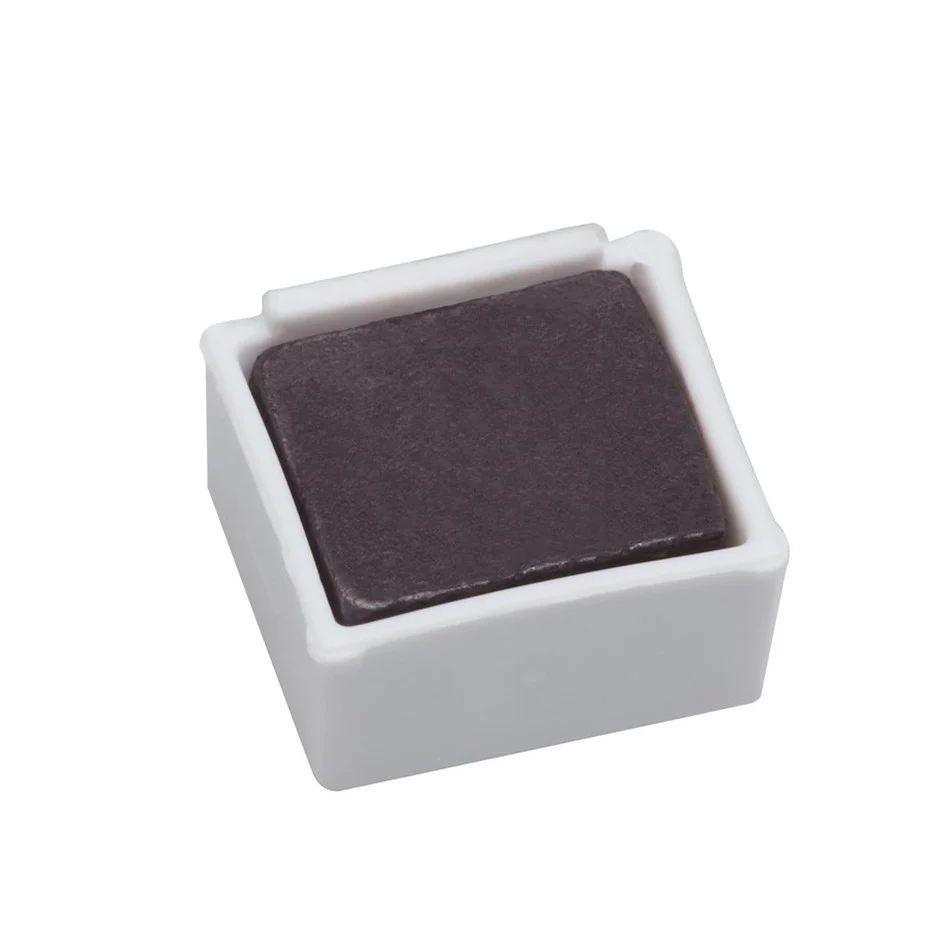Introduction
Imagine walking into your cozy home one day, only to find that it becomes damaged like wood—cracked, warped, or even rotting. This nightmare scenario is all too real for many homeowners. Whether you’re a DIY enthusiast or an environmentalist concerned about the longevity of your materials, understanding how to prevent and repair wood damage is crucial. This blog post will explore why wood gets damaged, how you can protect your home from such damage, and what to do if you find yourself facing this issue. By the end of this guide, you’ll have practical tips and actionable steps to keep your home in tip-top shape.
Understanding Wood Damage
What Causes Wood to Become Damaged?
Wood is a natural material, and like all natural materials, it has its vulnerabilities. Water exposure, insect infestations, and weather changes can all cause becomes damaged like wood. When wood absorbs water, it expands, and when it dries, it contracts. This constant cycle can lead to warping, cracking, and eventually rotting. Insects like termites and carpenter ants also love to feast on wood, causing severe structural damage over time.
Why Wood Damage is a Concern for Homeowners
When parts of your home become damaged like wood, it’s not just an aesthetic issue but a structural one. Damaged wood can weaken the structural integrity of your home, posing safety risks. Furthermore, wood damage can lead to mold growth, which poses health risks to you and your family. For environmentalists, repairing wood damage often means cutting down more trees, which is not sustainable.
Common Signs of Wood Damage
One of the first steps in addressing wood damage is recognizing the signs early. These include discoloration, a musty odor, and the presence of insects. Soft spots in the wood, visible mold, and swelling are also indicators that your wood has been compromised. Early detection can save you a lot of time and money in repairs.

Preventing Wood Damage
Choosing the Right Wood
Not all wood is created equal. If you want to minimize the chances that your home becomes damaged like wood, consider using hardwoods like oak, maple, or cherry for structural elements. Hardwoods are more resistant to insects and rot compared to softwoods like pine or cedar.
Applying Protective Coatings
Protective coatings like sealants and varnishes can go a long way in preventing wood damage. These coatings create a barrier that prevents moisture from penetrating the wood, thereby reducing the risks of warping and rotting. Regularly reapplying these coatings can extend the life of your wooden structures.
Ensuring Proper Ventilation
Proper ventilation is essential in areas like basements and attics where moisture tends to accumulate. Installing exhaust fans and dehumidifiers can help maintain a balanced humidity level, reducing the chances that your wood becomes damaged like wood left in damp conditions.
Repairing Wood Damage
Assessing the Extent of Damage
Before you start any repairs, it’s crucial to assess the extent of the damage. Minor issues like small cracks or localized rot can often be fixed with a DIY approach. However, extensive damage may require professional intervention. Use a screwdriver to probe the wood; if it easily sinks in, the becomes damaged like wood is severe.
DIY Repair Methods
For minor becomes damaged like wood, DIY enthusiasts can use wood fillers and epoxy to repair cracks and holes. First, clean the damaged area to remove any debris. Apply the filler or epoxy according to the manufacturer’s instructions. Once dry, sand the area smooth and apply a fresh coat of paint or varnish.
Professional Repair Services
For significant becomes damaged like wood, it’s best to consult a professional. Structural issues, extensive rot, or termite infestations require specialized skills and equipment. A professional can provide a more permanent solution and ensure that the underlying issues causing the becomes damaged like wood are addressed.
Environmental Considerations
Sustainable Wood Choices
For those mindful of the environment, choosing sustainably sourced wood is essential. Look for certifications like FSC (Forest Stewardship Council) that ensure the wood has been harvested responsibly. Reclaimed wood is another excellent option, giving new life to old materials and reducing the demand for new lumber.
Eco-Friendly Treatments
Traditional wood treatments often contain harmful chemicals that can leach into the environment. Opt for eco-friendly treatments that use natural ingredients like borates or plant-based oils. These treatments are effective at protecting wood without causing environmental harm.
Long-Term Sustainability
Maintaining wood structures properly can extend their lifespan significantly, reducing the need for replacements. Regular inspections, timely repairs, and appropriate treatments can ensure that your wood remains in good condition for years to come, making your home both beautiful and sustainable.
Community Insights
Homeowner Testimonials
Hearing from other homeowners who have successfully dealt with becomes damaged like wood can be incredibly reassuring. Jane, a DIY enthusiast from Oregon, shares, “I noticed my deck was starting to warp after a particularly wet winter. Using a combination of sealant and regular maintenance, I managed to restore it to its former glory.”
Expert Opinions
Professionals in the field also offer valuable insights. John, a licensed contractor, advises, “Always address wood becomes damaged like wood as soon as you notice it. The longer you wait, the more extensive—and expensive—the repairs will be.”
Environmental Advocate Tips
For environmentalists, integrating sustainable practices is key. Emma, an environmental advocate, recommends, “Using reclaimed wood and eco-friendly treatments not only protects your home but also contributes to a healthier planet.”
Practical Tips for Maintenance
Regular Inspections
Routine inspections are crucial in preventing minor issues from becoming major problems. Inspect your wooden structures at least twice a year, focusing on areas prone to moisture and insect activity. Early detection can save you from costly repairs down the line.
Seasonal Maintenance
Each season brings its own set of challenges for wooden structures. In the spring, check for any becomes damaged like wood caused by winter weather. Summer is the perfect time to apply new sealants, while fall is ideal for ensuring that your wood is prepared for the coming winter.
Emergency Repairs
Sometimes, becomes damaged like wood can occur suddenly due to unforeseen events like storms. Having a basic repair kit on hand can help you address minor issues immediately, preventing them from worsening. Your kit should include wood filler, sandpaper, a screwdriver, and sealant.
Understanding Wood Types
Common Types of Wood
When selecting wood for your home, it’s important to understand the characteristics of common types. For instance, oak is known for its durability and timeless appeal, making it a popular choice for furniture and flooring. Pine, while softer and more susceptible to becomes damaged like wood, is often more affordable and can be treated to enhance its resilience. Knowing the pros and cons of various woods will help you make informed decisions.
Differences Between Hardwoods and Softwoods
Hardwoods come from deciduous trees that lose their leaves annually, typically featuring a denser structure that grants them greater strength and durability. Conversely, softwoods derive from coniferous trees that generally grow more quickly and are easier to work with, but may not hold up as well under conditions prone to moisture or insect infestations. This distinction plays a significant role in determining the suitability of a wood type for particular applications within your home.
Enhancing Aesthetic Appeal
Staining and Finishing Wood
Beyond functionality, the finish of your wood can dramatically influence your home’s visual appeal. Stains come in an array of colours and can enhance the grain pattern, adding depth and richness to the natural wood. When selecting a stain, consider the overall décor of your home to ensure a harmonious blend. After staining, applying a clear coat will not only protect the wood but also enrich its colour and shine.
Incorporating Wood in Design
Integrating wood into your home design can create a warm, inviting atmosphere. Whether through exposed beams, a wooden accent wall, or bespoke furniture, the versatility of wood allows it to complement various design styles, from rustic to modern. Thoughtful placement and choice of finishes can make wood a focal point or a subtle backdrop, tailoring your space to reflect your personal taste.

The Importance of Adequate Ventilation
Preventing Moisture Build-Up
Good ventilation is vital when it comes to maintaining the integrity of wooden structures. Moisture accumulation can lead to rot, mould, and fungal growth, severely compromising the wood’s structural integrity. Ensure that areas such as attics, basements, and crawl spaces have sufficient airflow to keep moisture levels in check. Ventilation systems should be regularly inspected and maintained to prevent blockages from dust, debris, or insulation.
Benefits of Natural Airflow
In addition to mechanical ventilation, harnessing natural airflow can also benefit wooden structures. Strategic placement of windows and vents can encourage cross-ventilation, reducing the risk of dampness and improving indoor air quality. This approach not only protects the wood but also enhances the overall comfort of your home, making it a healthier living environment.
Adapting to Climatic Conditions
Regional Considerations
Understanding the climate of your area is essential when it comes to wood maintenance. For example, regions with high humidity may require more frequent treatments and inspections to prevent rot and pest infestations. In contrast, areas with dry climates may experience issues like cracking or warping. Tailoring your maintenance routine according to local weather patterns can help prolong the lifespan of your wooden structures.
Seasonal Preparations
Preparing your wooden structures for each season can prevent small problems from escalating. In winter, be vigilant about snow accumulation on decks and roofs, as heavy loads can cause becomes damaged like wood. Conversely, summer heat can dry out wood, necessitating the application of protective sealants to maintain moisture balance and prevent deterioration.
Conclusion
In conclusion, caring for wood in your home involves a combination of regular maintenance, understanding the types of wood, and adapting to environmental considerations. By implementing sustainable practices and being proactive about inspections and repairs, homeowners can enjoy the beauty and durability of wood for many years while also contributing positively to the environment. Emphasising a holistic approach to wood care is key in creating a space that is both aesthetically pleasing and structurally sound.







